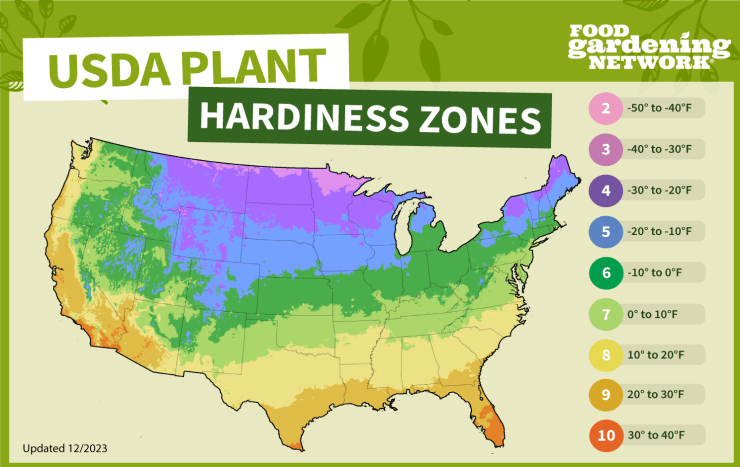Rosemary is a hardy perennial herb that is native to the Mediterranean region. It is best suited for growing in USDA hardiness zones 7-10. Some cold-tolerant varieties, such as Rosmarinus officinalis ‘Arp’ and Rosmarinus officinalis ‘Madeline Hill’, can be grown in zone 6.
Here are some examples of US states that fall within these zones:
Zone 7: Some states in this zone are:
- Virginia
- North Carolina
- Tennessee
- Arkansas
- Oklahoma
- Texas
- New Mexico
- Arizona
- California
Zone 8: Some states in this zone are:
- Florida
- Georgia
- South Carolina
- Alabama
- Mississippi
- Louisiana
- Texas
- New Mexico
- Arizona
- California
Zone 9: Some states in this zone are:
- Florida
- Georgia
- South Carolina
- Alabama
- Mississippi
- Louisiana
- Texas
- New Mexico
- Arizona
- California
Zone 10: Some states in this zone are:
- Florida
- Hawaii
- Puerto Rico
- Virgin Islands
Rosemary can be grown indoors, but it requires a lot of light and a precise watering schedule to thrive. Trailing varieties of rosemary, such as ‘Blue Rain’ and ‘Huntington Carpet’, are especially good for indoor growing.
If you can’t provide your rosemary plants with six hours or more of direct sunlight each day, then you’ll need to supplement with artificial light. Almost no artificial lights provide the full-spectrum illumination that plants get from sunlight, but an affordable option that comes closest is full-spectrum LED lighting.
When using artificial lighting as the principal illumination for rosemary, the plants will need a considerable amount of time under the lights—14 hours per day is not unreasonable
Check out the USDA Plant Hardiness Zone Map and find out what zone your zip code is located in here. Or you can use our map to get a general idea of what your plant hardiness zone is.



 Previous
Previous


The first sentence starts out with the word “Beets”. Could this be corrected please?